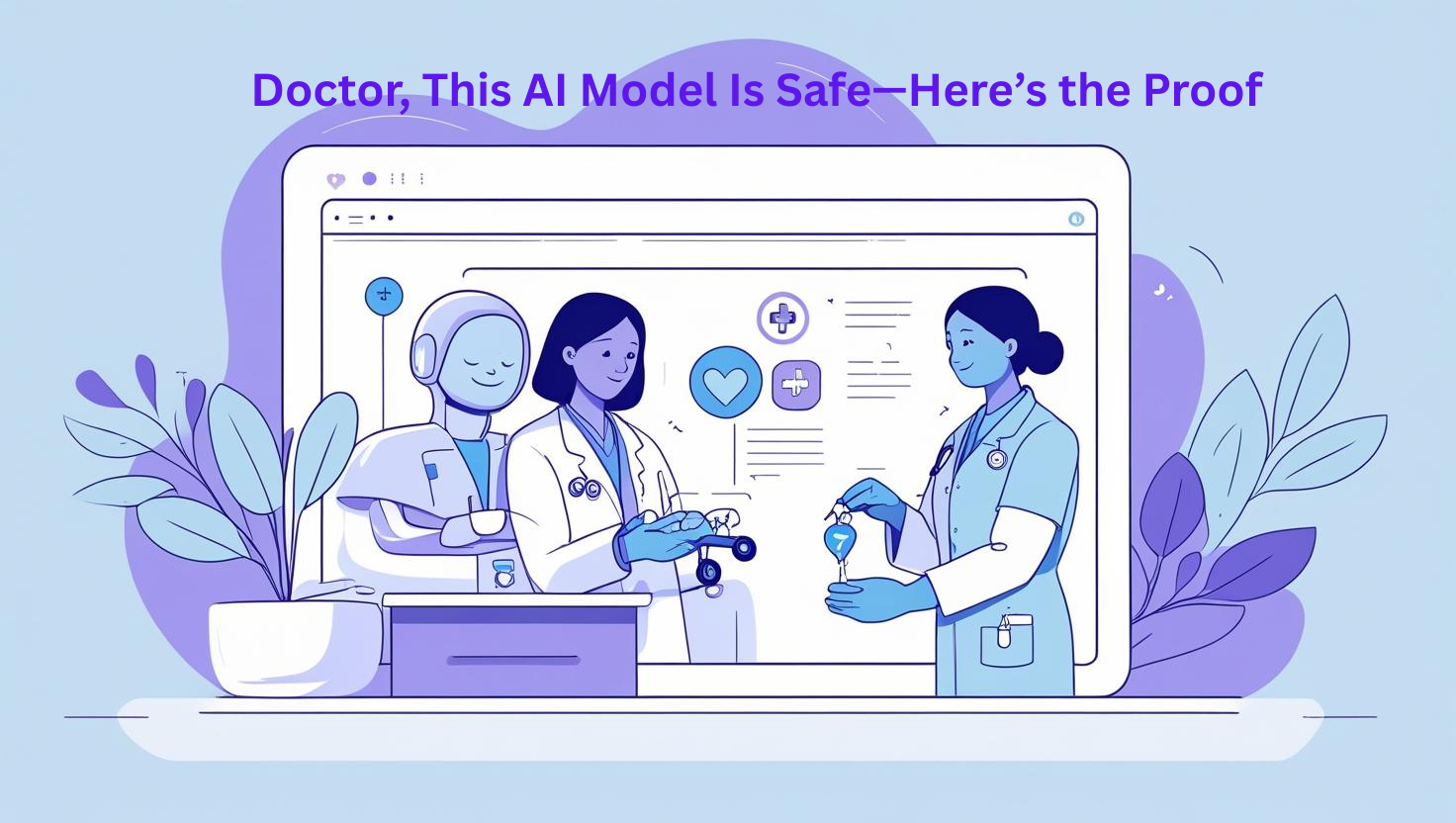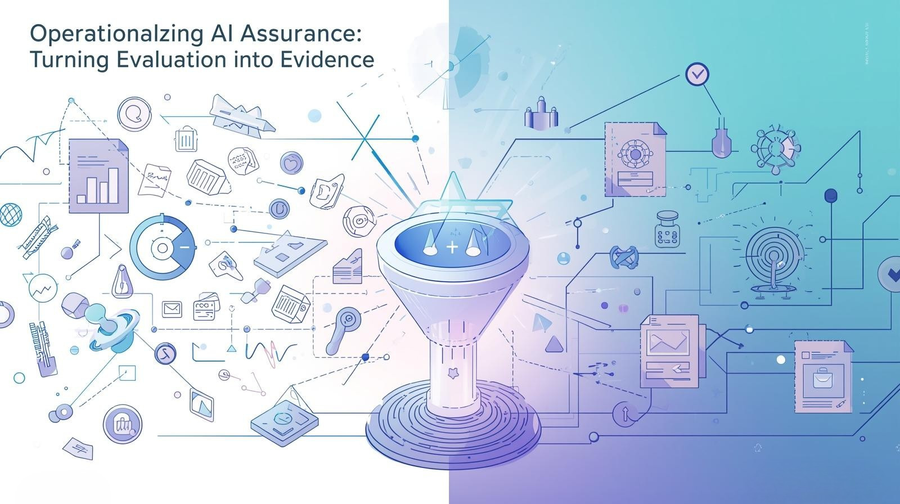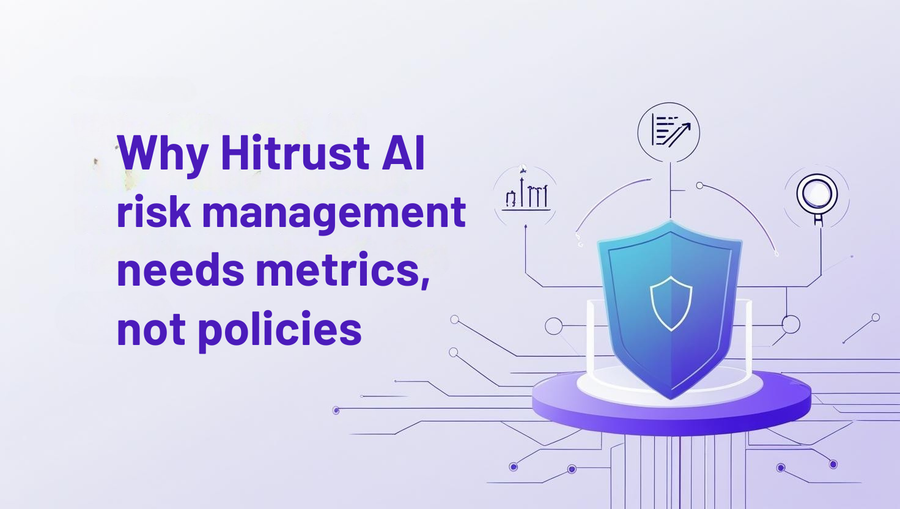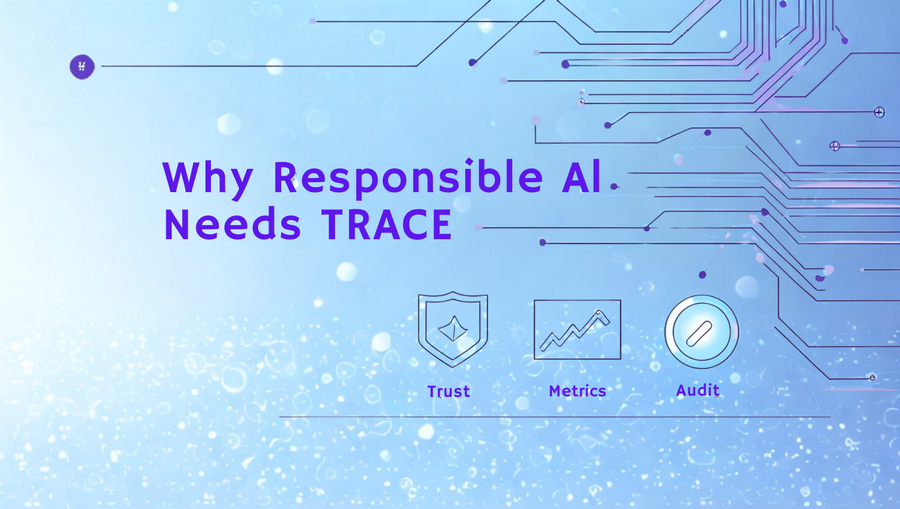How TRACE helps transform radiology model metrics into patient-facing factsheets and HIPAA-aligned audit logs
A recent Pew study found that most U.S. hospitals using FDA-cleared radiology AI lack comprehensive oversight systems—and many hesitate to scale due to regulatory uncertainty.
While engineers optimize for AUC and sensitivity, clinicians and compliance teams ask a different question: Can we prove it’s safe for patients? That’s where AI governance frameworks like TRACE are stepping in—to turn model performance into patient trust and audit-ready assurance.
Why Radiology Needs More Than Just Accuracy
Healthcare is one of the most heavily regulated domains for AI, and for good reason. Medical AI systems don’t just make predictions—they inform diagnoses, influence treatments, and directly impact patient lives.
But here’s the gap:
- Model dashboards show ROC curves, not harm thresholds.
- Performance scores don’t reflect traceability, fairness, or clinical validation.
- Patients rarely see any explanation—let alone one they can understand.
This disconnect isn’t theoretical. Under frameworks like the EU AI Act, ISO 42001, and the FDA’s PCCP (Predetermined Change Control Plan), hospitals and vendors are increasingly required to demonstrate traceability, human oversight, and post-market monitoring.
That includes logs for compliance, and factsheets that patients and physicians alike can trust.
The Compliance Triad in Healthcare AI
1. FDA and SaMD Monitoring
The U.S. FDA treats many radiology models as Software as a Medical Device (SaMD), meaning they must undergo ongoing evaluation—even after clearance. That includes logging model behavior, performance drift, and retraining updates.
2. HIPAA Audit Logging
The HIPAA Security Rule requires logs that track model usage—without exposing protected health information (PHI). Logs must be retained for at least six years and be tamper-resistant.
3. Transparency Under EU AI Act
The EU AI Act mandates that high-risk AI systems—like those used in diagnostics—must provide understandable documentation to users, including evidence of testing, bias mitigation, and human oversight.
Enter TRACE: Governance Infrastructure for Clinical AI
TRACE (Test Results Assurance & Compliance Envelope) is an open framework built for Responsible AI governance. For healthcare teams, it fills the gap between raw model metrics and operational trust. TRACE wraps outputs in an evidence package that satisfies:
- Regulators: with audit trails, hashes of data and code, and policy-aligned thresholds
- Compliance teams: with HIPAA-compliant logs and signed attestations
- Clinicians and patients: with clear, sixth-grade-level factsheets describing model purpose and limitations
TRACE is how hospitals go from promising metrics to provable safety.
From Metrics to Proof: How TRACE Works in Healthcare
Step 1: Ingest Your Evaluation
Run metrics on your radiology model using tools like MONAI, Deepeval, or internal testing pipelines. Include sensitivity, specificity, demographic parity, and robustness checks.
Step 2: Enrich with Context
TRACE prompts you to add contextual metadata: model purpose (e.g., lung nodule detection), clinical risk tier, and downstream stakeholders (e.g., radiologists, patients, insurers).
Step 3: Seal and Sign
TRACE packages the metrics with metadata and cryptographically signs the output. It hashes all data, ensuring immutability, and supports integrations with PACS, EHR, and CI/CD environments.
Step 4: Publish in Three Formats
- Clinician Scorecard: Detailed results mapped to performance thresholds
- Patient Factsheet: Plain-language summary with FAQs and limitations
- HIPAA-Aligned Audit Log: Machine-readable, PHI-free evidence for internal review or regulator access
Building a Patient-Facing Factsheet That Builds Trust
A well-designed factsheet demystifies the AI’s role and boundaries. TRACE helps auto-generate content with the following sections:
- What this AI does: “This model highlights areas in lung X-rays that may indicate signs of cancer.”
- How it was tested: Number of scans, demographics, test accuracy
- What it can miss: “May not detect nodules smaller than 2mm or those obscured by motion.”
- Who oversees it: “A radiologist reviews every result before it informs care.”
- Your rights: How to ask questions or raise concerns (link to privacy officer)
Factsheets are written at a sixth-grade reading level to meet accessibility standards.
Deploying AI with Confidence in a Hospital Network
Challenge
Imagine a hospital network preparing to deploy a chest X-ray AI model across 50 clinics. The model’s internal tests are strong—AUC 0.95 with a low false-negative rate—but the compliance and clinical governance teams raise two red flags:
- There is no patient-facing explanation of the model’s purpose or limitations.
- The team lacks a process for generating HIPAA-compliant audit logs linked to model usage and updates.
Without documented assurance and transparency, the deployment is at risk of delay.
Solution (What TRACE Could Enable)
Using TRACE, the hospital’s data science and compliance teams simulate an end-to-end governance workflow:
- Evaluation metrics from MONAI and custom testing pipelines are ingested and enriched with metadata like clinical use case, risk tier, and stakeholder roles.
- TRACE auto-generates a patient-facing factsheet reviewed and approved by the privacy officer and clinical lead.
- A HIPAA-aligned audit log is created, capturing evidence of model validation, dataset hashes, and timestamps—without exposing any PHI.
Potential Outcome
- Compliance reviews are shortened from months to weeks due to the structured, replayable evidence package.
- Patients shown the factsheet before imaging report higher understanding and comfort with AI use in care delivery.
- Ongoing FDA and internal reporting is streamlined with reusable, versioned evidence packages that meet post-market surveillance expectations.
What Makes TRACE Healthcare-Ready?
- PHI-Safe by Design: All logs and factsheets exclude identifiable data.
- Supports FDA PCCP Guidance: Evidence packages track model updates and performance drift.
- EU AI Act Alignment: TRACE’s metadata schema maps directly to Article 13 (Transparency), Article 15 (Robustness), and Article 16 (Human Oversight).
- Patient-Centered Outputs: Materials designed for both clinical staff and non-technical patients.
Key Takeaways
- High-performing models still need audit-ready, human-readable proof to deploy safely.
- TRACE automates the transformation from raw metrics to compliant evidence and factsheets.
- In radiology AI, factsheets increase patient trust and reduce regulatory friction.
- TRACE helps hospitals meet HIPAA, FDA, and EU AI Act requirements without slowing innovation.
Call to Action
Working on a radiology or clinical AI model? Test whether it’s provably safe.
Try the free trial of TRACE.
Upload your evaluation metrics and generate a patient-facing factsheet, clinician scorecard, and HIPAA-aligned audit log—instantly.
Let us know how it fits your clinical workflow or what barriers you still face.






